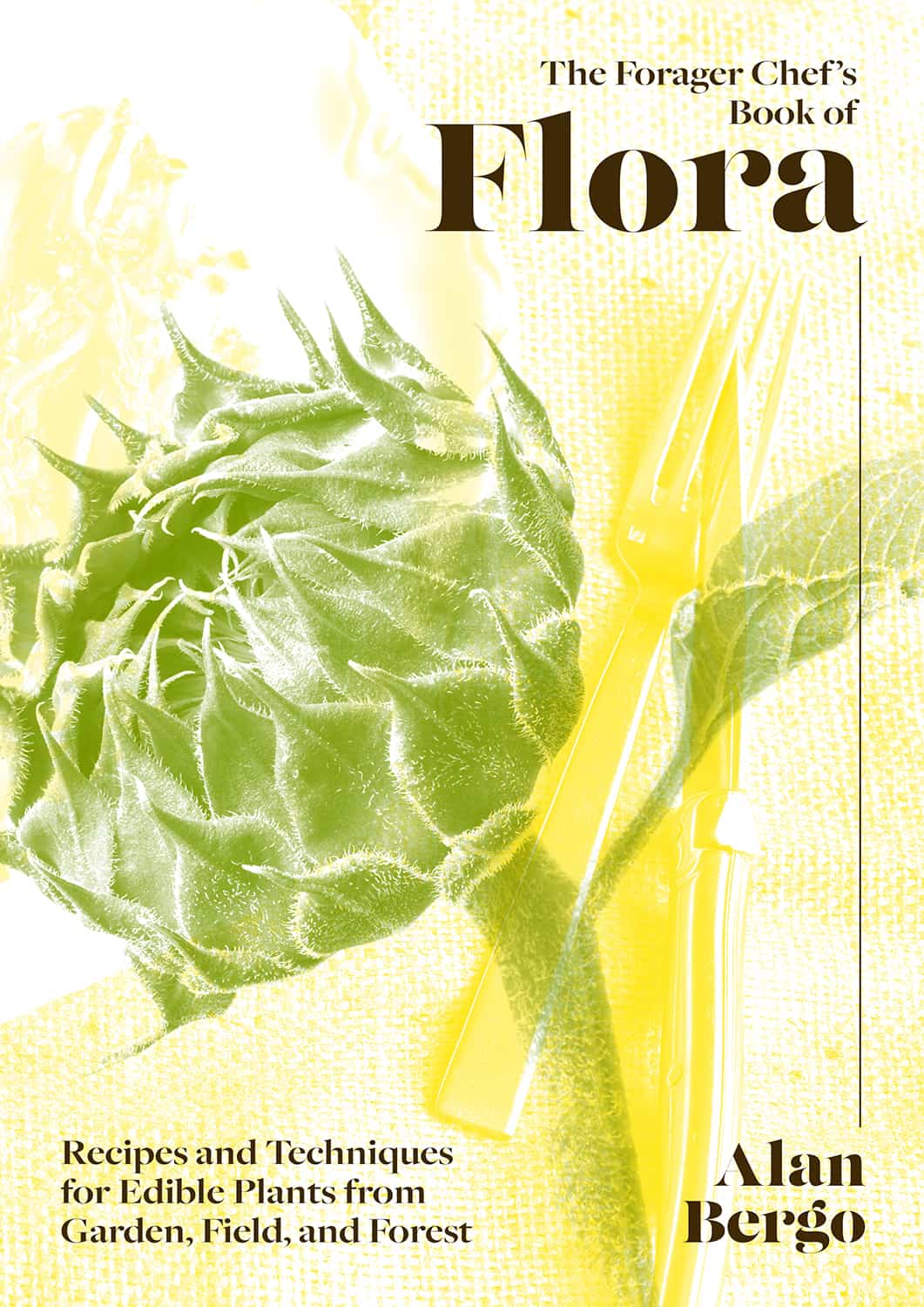After over 3 years of work, my first book, The Forager Chef‘S Book of Flora is live and available to order. Here are all the current ordering options I have available. More options for Europe will be added as we move forward.
UPDATE: THE ENTIRE FIRST PRINTING OF FLORA SOLD OUT BEFORE IT EVEN HIT THE MARKET!! We will not be able to re-print until late July. Online suppliers still have stock, but I can't make any guarantees, or sell books directly at this time. Thank you for all your years of support, it means the world to me.
Options
US
Barnes & Noble
Free Shipping Worldwide
UK Options
Canada

